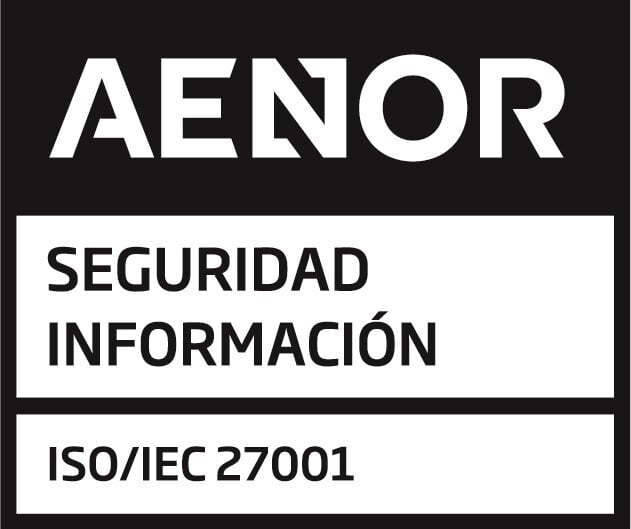Energy companies often have loads of information and data that could easily cause organizational chaos. A few years ago, a survey revealed that poor decision-making in major businesses emanates from data overload, among several other factors. Accessing data swiftly and remotely from an integrated and protected source is a reliable path towards making the right business decisions.
Unfortunately, many power plants are still reliant on scattered databases. Physical separation alone; these databases often carry inconsistent and separate data. We will not even reiterate the fact that this data could also be in different formats.
Power plants can be more productive and effective in interacting with customers and other stakeholders with a data warehouse as a primary data source. In this article, we explain why your power plant data warehouse could be the best source. Keep reading.
Database Systems for a Power Plant
If we take the financial and technological perspective, a power plant has the following essential database systems:
- Systems bearing operational data derived from various measuring instruments. These systems are usually large as they contain temperatures, pressures, vibrations, and mass flows among others
- Systems with technical data for various systems and components- materials, dimensions, weights, etc.
- Systems containing inspection data
- Systems carrying financial data for spare parts, labor costs, electrical energy, and so on
- Systems showing regulatory requirements, norms, and standards
- Systems displaying results of tests performed in the power plant during forced and planned downtimes
How are you handling your data?
Any power plant can benefit from prompt access to a record of information regarding its processes. Since time ago in the power sector, power network performance reports have always been necessary. Management uses these reports to not only brief stakeholders, but also improve processes.
Maybe you are looking at your SCADA systems and reassuring yourself that they store historical data. These systems are also capable of developing production, and other reports. But take note of the following limitations:
- External data needs some integration effort before it can be stored
- SCADA systems may not blend well with analysis tools because of design limitations
When it comes to decision-making for your power plant, the database systems we listed above may not be of much help. If you try to rely on them as they are, you encounter problems such as manual separation, lack of concurrency, and differences in formats.
Assume now that your primary data source is a data warehouse where you find all the historic data that has not only been cleaned and integrated but also stored in a singular format. It is now possible to apply analytical tools and make decisions for your facility.
What is a Data Warehouse?
In case you are just getting the hang of this topic, this is the scoop. A data warehouse is an aggregate of data from different sources. Its role is to store a large amount of data and provide it to the organization when needed. Since this information is meant for reporting and analysis, it must be regularly formatted and made easily accessible. These are the two defining characteristics of a data warehouse.
The starting point of a data warehouse is typically characterized by the collection of data from external and internal sources. Storage of data via the extract, transform and load (ETL) method - transformation of data into high-quality form before it can be transferred into the data warehouse- is the epitome of the establishment of this warehouse.
By this stage, the data is ready for the next stage, which is the application of business intelligence technologies. A business needs to use these tools every time it is performing reports or analytics. Data exploration is one of the tools used to develop insights for businesses.
QBI Vouches for a Power Plant Data Warehouse
Increased competition and deregulation within the power sector are changing the business environment rapidly. You will agree that modern power plants are focusing on profitability and having a competitive edge. These two factors have played a major role in this.
We see these dynamics all the time in the offices and control rooms. More and more workers in power plants are getting acquainted with Microsoft Excel and other applications that help in analyses. Many changes are happening in not only SCADA but also other computer systems such as Customer Information Systems and Geographical Information Systems.
Your power plant will achieve profitability if it has a competitive edge. But are you ready to enhance this competitive edge by improving your capacity to make the right decisions? All the information you need is within the power plant, but it can be fragmented. The human mind alone cannot decipher this information and make credible conclusions.
You need a powerful data warehouse for your decision infrastructure. By using the already existing data, you can make decisions that enhance profitability through reduced costs and the elimination of redundant processes.
Using your power plant data warehouse as a primary data source provides the following benefits:
- Improved decision making
- Higher profits
- The unpredictable becomes more manageable
- Decision-making process more distributed
- No more impromptu queries so operational systems perform more effectively
- Systematic replacement of outdated technology as the corporate computing systems improve
Conclusion
At QBI, we urge you to analyze your situation and determine if using your power plant data warehouse would suit your business. Please visit our site or contact us for the various services geared towards better management of data. QBI Solutions offers world-leading services related to data management, including data science and business intelligence solutions tailored to your particular needs or develop specific integrations with other platforms and data sources. Ask for a free demo of our software here.
